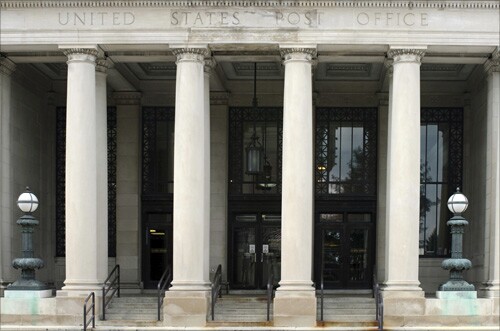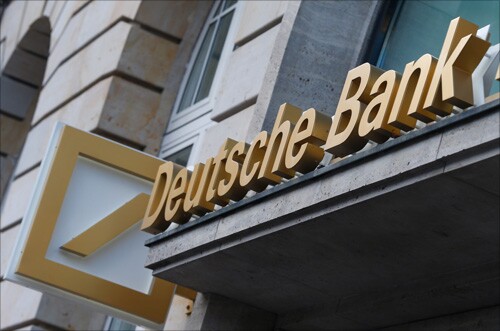
While the USPS inspector general envisions the private banking sector having some involvement in its proposal, many details of that role have yet to be determined. Countries around the world offer a variety of models on how to structure a postal bank. Following is a look at various approaches.
(Image: Thinkstock)

Spain: P.O.s as Bank Agents
(Image: Thinkstock)

U.K.: Exclusive Partnerships
(Image: Bloomberg News)

Germany: Privatizing
Although it's been spun off from the German post office, Postbank still offers select financial services at more than 4,500 post office branches. It also has 1,100 branches of its own.
(Image: Bloomberg News)

Italy: Partnering with Banks
(Image: Thinkstock)

Morocco: Low-Income Focus
(Image: Thinkstock)






